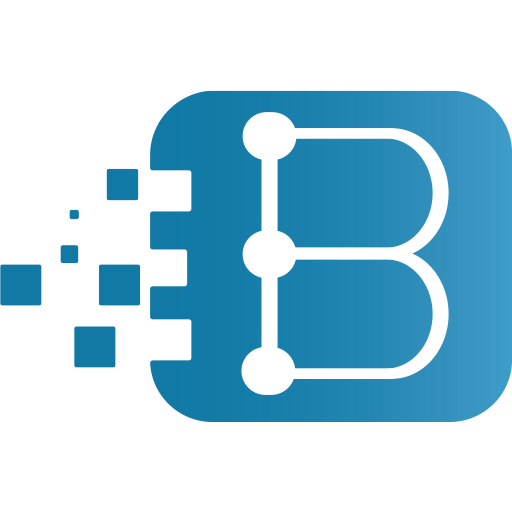How to Write a Software Requirements Specification (SRS) Document in 5 Steps
An Software requirements specification serves as your project’s blueprint, guiding every team involved in development. It ensures alignment across development, quality assurance, operations, maintenance, and product teams. Additionally, Software requirements analysis aids in decision-making throughout the product lifecycle, such as introducing new features or retiring redundant ones. When properly executed, an Software requirements specification can significantly cut development time and costs. So, Let’s dive into this topic in the following lines.
How to Write an SRS Document in Five Steps
- Create an outline
- Define your purpose
- Provide an overview of your product
- System Requirements details
- Implement your SRS
Create an outline
As with any type of document, it is vital to begin with the structure, and an SRS is no exception. If you wish to make one for yourself, here is a basic, lightweight, and incomprehensive outline to get you started:
Software Requirements Specification (SRS) Document Outline
Introduction
- Purpose
- Intended Audience
- Intended Use
- Scope
- Definitions and Acronyms
Overall Description
- User Needs
- Assumptions and Dependencies
System Features and Requirements
- Functional Requirements
- External Interface Requirements
- System Features
- Nonfunctional Requirements
Start with a purpose
In this section of your SRS document, explain the product’s goal beginning with:
Intended Audience and Use
Define who will use the Software requirements specification and how. This will most likely involve developers, quality assurance personnel, product experts, and project managers. However, it may be useful to share this paper with stakeholders from other departments, such as marketing and sales.
Product Scope
Here, you will discuss your product from a business standpoint. Include your benefits, aims, and goals. This will help to coordinate all departments on where your product is going and why.
glossary of terms
Define any terms that are related to your product. This ensures that everyone is on the same page, regardless of technical competence or department. Also, include any references (such as legal or best practice publications).
You may also Read: How Custom Software Can Benefit Your Business
Overview of Your Products
In this part, define your product’s capabilities. Outline any informal needs to provide context for the technical requirements discussed in the following section. In a nutshell, describe what you’re building and who you’re building for.
User Needs
It is critical to establish your user requirements (also known as user classes or user characteristics) in your overview. Identify any primary or secondary consumers who will use the product on a regular basis, and describe their route through it.
This will ensure that the entire team is on the same page and focused on the end-user throughout the product development process.
Assumptions and dependencies
This area of your Software requirements specification is intended to highlight any variables that may hamper your ability to meet the requirements of your project.
For example, are you making assumptions about your product that could be incorrect? What is the plan for fixing it if they are shown to be false?
Finally, does your project rely on any external factors? For example, an integration with a third-party SaaS may result in SLA difficulties, etc
Detail the system requirements.
Once you have an outline of your product in place, it’s time to become more specific. Keeping your users’ demands in mind, now is the time to provide a full description of either your product’s use cases or non-functional requirements.
Let’s start with a brief overview of use cases and non-functional requirements in an SRS document.
How to Include Use Cases in Your Software requirements specification Document
A use case is a concise tale that illustrates how a user will interact with your product. Creating a use case allows you to put yourself in the shoes of the final user. To begin, compile a complete list of your product’s end users. Take those users one at a time and:
Break down their interactions into use cases (one case per interaction).
Describe the order of events in each scenario.
Write a detailed description of the user’s actions and how the system will respond.
Repeat the process for each user until your list is complete.
Non-functional requirements.
Your non-functional requirements are equally vital as your functional ones. They include performance, safety, security, and quality. Here’s how to write a non-functional requirement for a car’s LIDAR sensor.
The car’s LIDAR sensors must deliver data to the dashboard at a rate ranging from 10Mbps to (and including) 100Mbps.
Once you’ve developed your use cases, outlined your non-functional needs, and provided any relevant extra information, you’re ready to present it to stakeholders.
Implement your SRS document.
Once you’ve established that all of the teams are satisfied and the paper has been signed, it’s time to put it into action.
Make it available to the entire team, whether printed or in a PDF on a shared drive. Alternatively, you can use an MD file on platforms like confluence, notion, or Monday.com.
This entails distributing the document to all teams involved in your product development process, ticket management system, or code repository.
This is an important step because your SRS has no purpose if it is not consumed on a regular basis.


Recent Comments